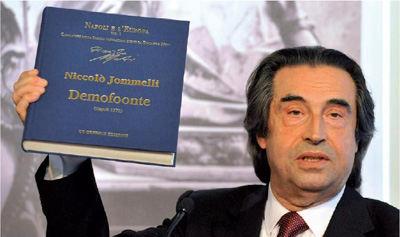Recent interchanges between medieval music and heavy metal open new perspectives on historically informed practice. A comparison of recordings of Walther von der Vogelweide’s Palästinalied by Thomas Binkley, Paul Hillier, and In Extremo illuminates how historic orientation and its inherent sense influence performance aesthetics.
This according to “Gothic und HIP: Sinn und Präsenz in populären und in historisch informierten Realisierungen des Palästinalieds” by Konstantin Voigt (Basler Jahrbuch für historische Musikpraxis XXXII [2008] pp. 221–234). Above, a portrait of the great Minnesinger; below, In Extremo’s historically informed rendition of Walther’s celebrated work about the Crusades.
Related article: Advanced musicology















